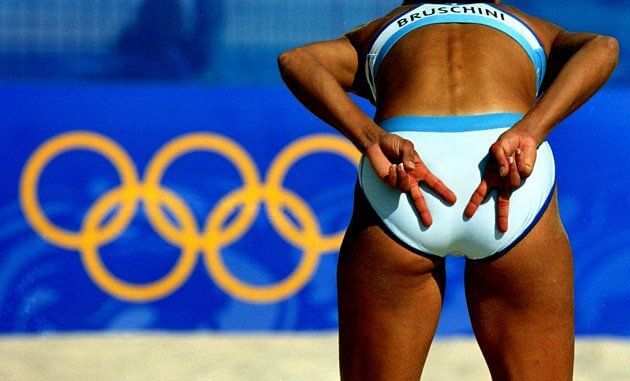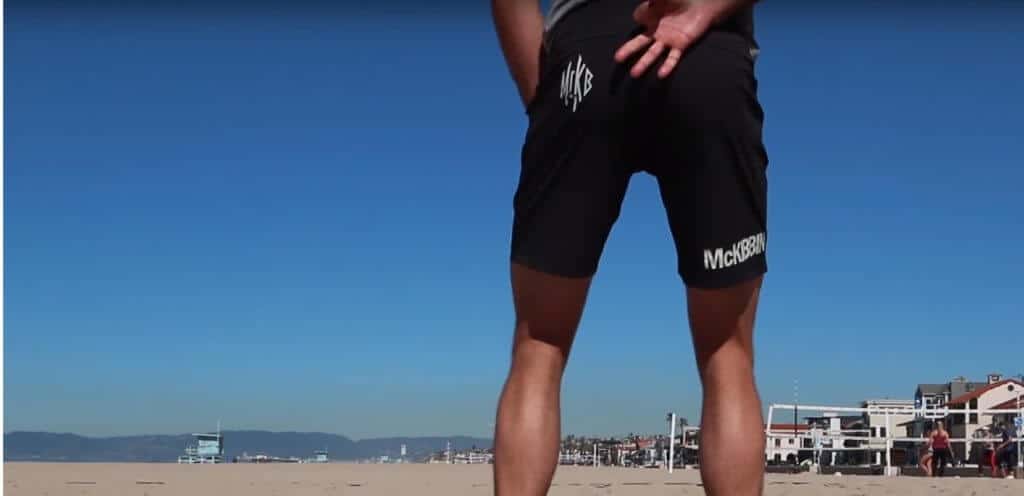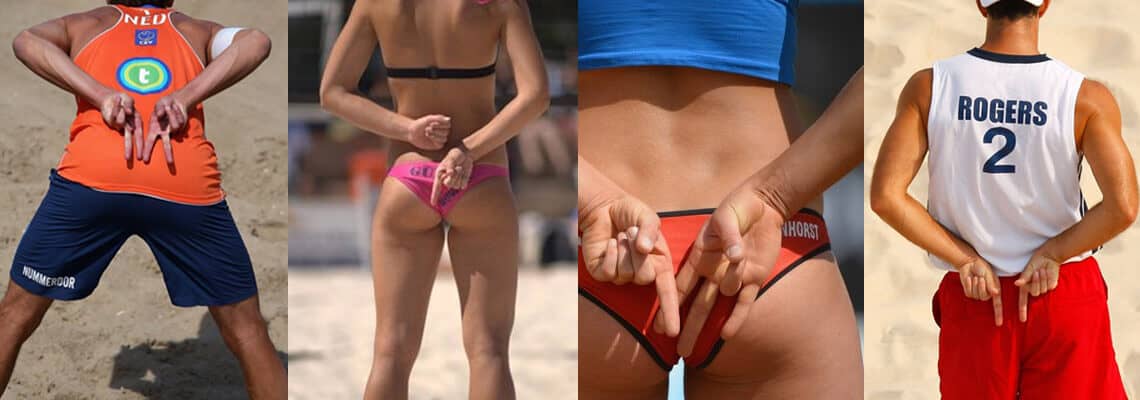
So if you are relatively new to volleyball but have watched some more experienced players in action, you may have wondered why they are doing these weird signs on their bums. Now there is a very good reason as to why they do this and when you learn what they mean you will understand how these simple hand signals can make a huge difference to how many points you win or lose as a pair.
What do the hand signals behind the back mean
Well to start with the basics these hand signals show what the blockers are planning on blocking. If you read my blocking article you will understand the importance or rather the role of the blocker, that being to take an area away from the hitter to make it easier for the defender to pick up the ball. Now you know that these hand signals show what the blocker is going to do we can get into a bit more detail.
So firstly the left hand indicates what the player will block on the left side of the court and the right hand will show what the blocker is planning on blocking on the right side of the court.
What do the different hand signals show
The most commonly used blocking call is a line block. This is shown by a single finger, it is easy to remember because it looks like a line. The idea of the line block is to prevent the hitter from swinging hard down the line. It also allows for the defender to stand directly in the hitters power line whilst offering the best possible chance of reaching any line over shots as well as cut shots. If you are unclear on what either the line over or cut shot is refer to my spiking article.
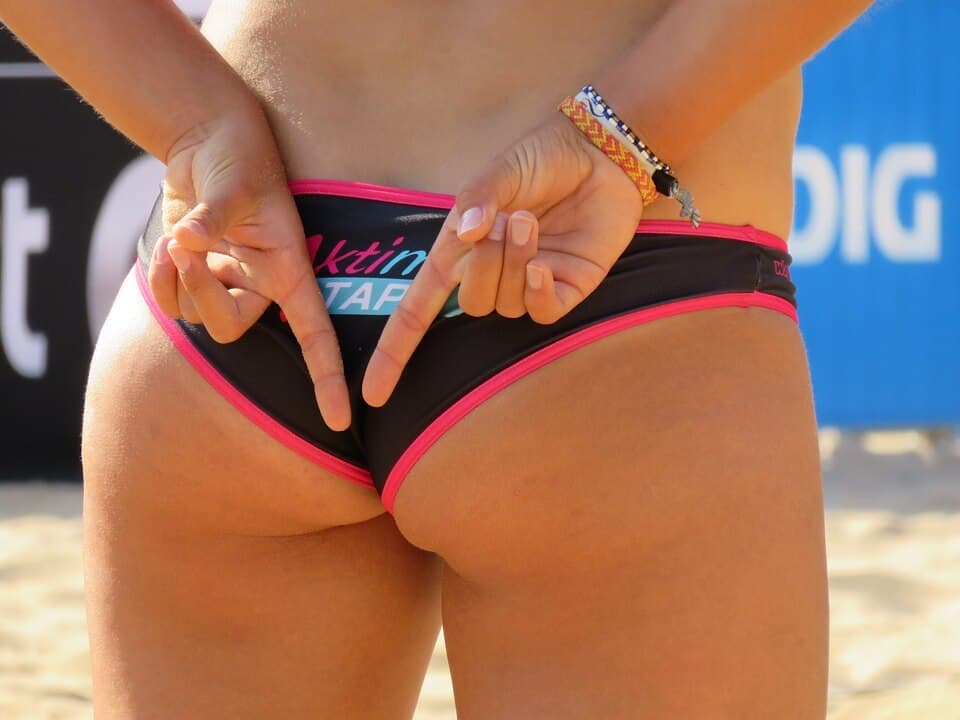
The next most common blocking signal is the cross court block which is represented by showing two fingers. It is easy to remember as the two fingers creates an angle, This block would be used when the opposition tends to favour swinging cross court, this block can be very effective if used at the correct time as often the hitters hardest hit will be cross court so as a block you can take away the hitters strongest option. The main issue with this block is the defender will be taking line which means there is a lot of open court behind the blocker which the defender is unlikely to be able to reach.
The other commonly taught blocking call is a no block, this is shown by an open extended hand. This call is often used when the opposition either don’t have a hard hitting option or seem to struggle if they think a blocker is going to be present.
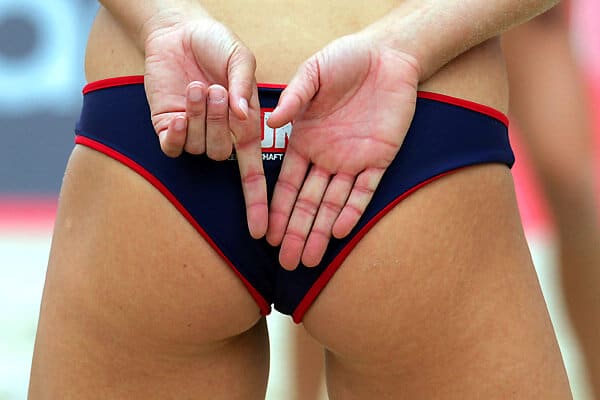
Advanced blocking calls
Now when you start playing at higher levels you will often find that either the hitter will look before spiking and may see what your blocking or alternatively the setter of the other team may call to the hitter what your are blocking. So because of this there is some advanced blocking calls we can do to try and trick or deceive the hitter. These are often referred to as show and takes,
The first block we can do is deceptive line block, what I mean by this is you step towards the middle of the court to pretend you are blocking cross but you jump and reach back to the line. This is shown by showing 3 fingers. The easy way to remember you are blocking line is it is an odd number like the line block shown by 1 finger. This block can be very effective if done correctly however unless timed correctly it can leave you susceptible to being wiped off or it could possibly leave your defender in no mans land as they won’t be sure which area to cover.
The next advanced block available to us is the deceptive cross block. I’m sure you can guess what sign we show for this… Yep you guessed it we show a 4 signal.

Out of the two deceptive signals I personally feel this one is a much better option, as stated earlier the hitters strongest hit is the cross court hit so by lining up on the line and reach to the angle you can get a lot of blocks. However it is worth noting that because you are reaching back across the court it leaves the line very vulnerable and also it is quite easy for the hitter to get a wipe if you don’t seal the block or block in time.
So what if you are playing a team who aren’t very good with their shots but you are very good hitters. Well there is also a call for this and it is called blocking ball. The way in which we show this is with a closed fist, it’s easy to remember because your closed fist looks like a ball.
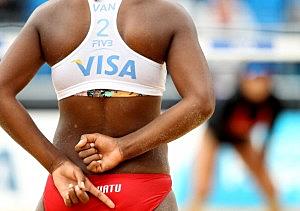
With this block you have free rain to block as you see fit, when blocking this you want to make sure you really watch the hitter as the will give you a lot of information with their approach, their arm position, their speed. All of these are factors that will allow you as the blocker to smother the ball.
Honorable mention
The last block that I feel is worth covering is the split block, this is indicated by a closed fist but your thumb and little finger out (the shaka).

As you may be able to guess this is where you block the left side of the court with your left arm and the right side of the court with your right arm. This block is really only used if the hitter is spiking from the middle of the court and has a lot of range, your main aim is to take away as much of the court as possible or at least give the impression you are taking a lot of court so the hitter is put off.
Well there you have it. You know have all the tools and all the knowledge to start blocking everyone you play. Just remember to show your partner this article so they know what your blocking and therefore know what they are defending.
Happy blocking.

